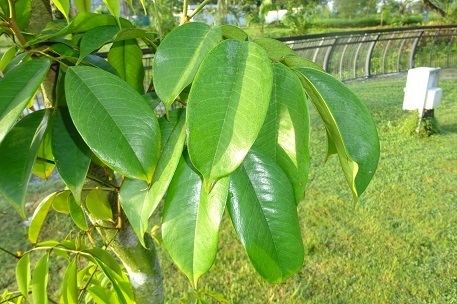Higher classification Dialium | Subfamily Caesalpinioideae Scientific name Dialium indum Rank Species | |
 | ||
Similar Dialium, Dialium cochinchinense, Mangifera foetida, Baccaurea, Legumes | ||
Velvet tamarind review dialium indum weird fruit explorer ep 144
Dialium indum, the tamarind-plum, is a tall, tropical, fruit-bearing tree. It belongs to the Leguminosae family, and has small, typically grape-sized edible fruits with brown hard inedible shells. No reports of cultivation exist, information on propagation is limited.
Contents
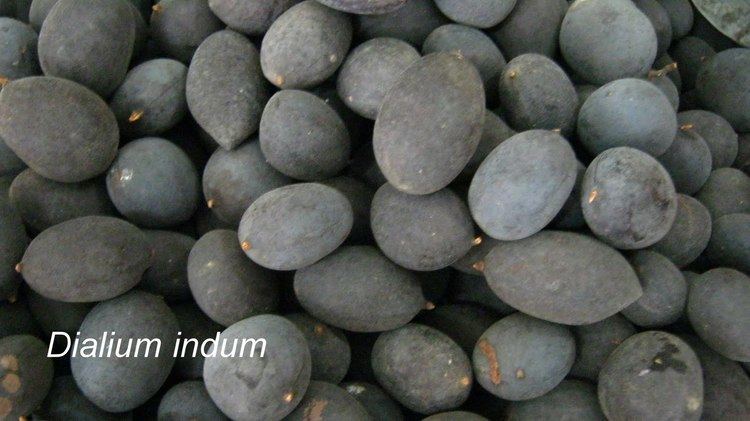
Distribution
Dialium indum grows naturally in Thailand, Malaysia, Kalimantan, Java and Sumatra.
Uses
The bark and leaves have medicinal properties and are used against several diseases.
Fruit
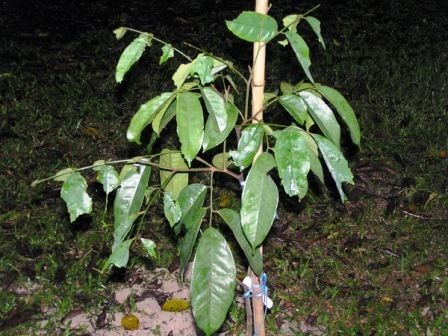
The flavor of the fruit is similar to tamarind, where it derives its English name. Usually has a Sweet-Sour taste. Compared to Tamarind, it is Sweetier, Dryier, Powder-like and the Shell is Thicker.

The fruit is used as a candy-like snack food in Thailand, often dried, sugar-coated and spiced with chili. The dried fruit has a powdery texture, and is orange in color with a tangy flavor.
The fruit is also very popular in Sierra Leone, Ghana and Nigeria.
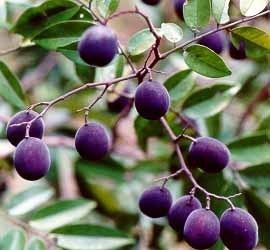
Each fruit typically has one hard, flat, round, brown seed, typically 7-8 millimeters across and 3 millimeters thick. The seed somewhat resembles a watermelon seed (Citrullus lanatus). Some have two seeds. The seeds are shiny, coated with a thin layer of starch.
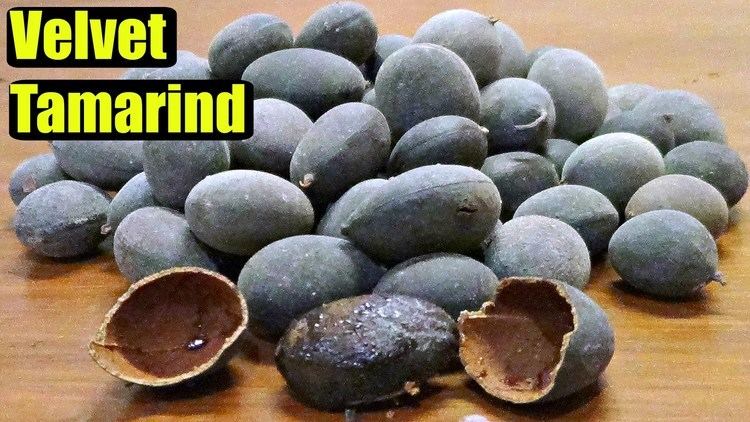
In Sarawak, Malaysia there are at least two varieties for sale in the local markets. Both have the same thin black brittle shell, and appear to be naturally dry unlike most fruits. One smaller kind is about one inch = 25 mm long and have a reddish-brown powder lightly packed around the single seed, with a small air space within the shell. This powder tastes sweet and sour just like the candy "sweet-tarts", and is thus closest to the tamarind. The second are bigger, about 1½ inch (38mm) long and look the same outside but are pretty different inside. There is more empty space in these and the pulp is 2–3 mm thick around the seed (sometimes 2 seeds), brown and a bit sticky, and tastes like a mixture of three parts good date, one part raisins, and one part wheat flour. There is locally also at least one more wild keranji, which is also of the powder sort, but too acid to enjoy.
